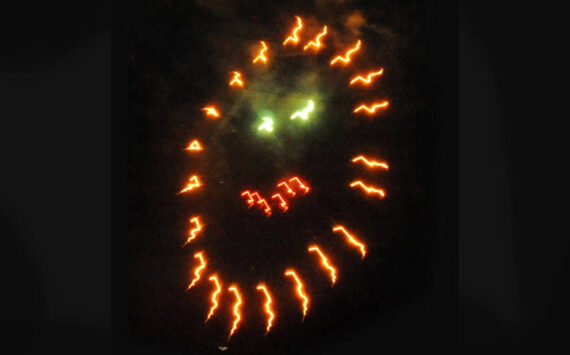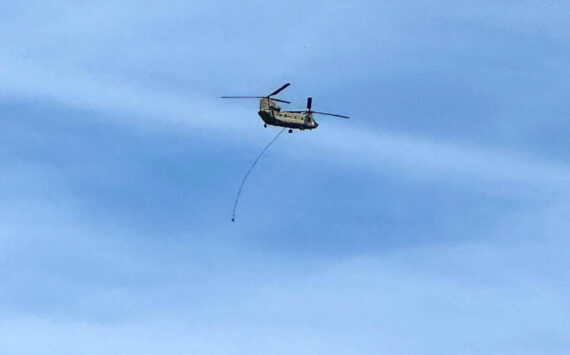SPOKANE – Despite record snowfall accumulations across Washington during the past month, the statewide mountain snowpack is average for this time of the year, according to USDA’s Natural Resources Conservation Service (NRCS).
That’s right, just average.
“For all those residents who have been digging out their driveways and sidewalks for the past month, the notion of an ‘average’ snowpack must seem like pure hydrological nonsense,” said Scott Pattee, water supply specialist with the NRCS in Mt. Vernon. “But the numbers don’t lie. The depth and water content of the snowpack statewide is just about average,” he said.
The NRCS provides high-elevation snowpack information to water managers and also provides stream flow forecasts based on the depth and water content of snow at its more than 100 snow data collection sites throughout the state.
According to NRCS’ Pattee, robust snowfall accumulations in December helped reduce a previous statewide snowpack deficit by nearly 80 percent. “Prior to December’s big snows, mountain snowpack accumulations were running between 24 – 40 percent of normal,” he said.
“In just a few weeks, we’ve closed the gap and now stand at 106 percent statewide.” Totals vary, but the “Comeback Kid” scenario for this year’s snowpack is the same in every basin, Pattee said.
While some basins are exceeding average snowpack accumulations, others remain below normal. The overachievers include the Columbia River basin and the Central Puget Sound at 128 and 121 percent of average, respectively.
The underperformers include the Upper Columbia River basin at 77 percent; the North Puget Sound area at 82 percent; and the Olympic Peninsula at 76 percent of average.
Basins reporting near-average snowpack accumulations include the Spokane River basin at 97 percent and the Yakima River basin at 99 percent.
Snowpack accumulations eventually become stream flows, which are vital to Washington’s residents and wildlife. Early-season water supply forecasts for the spring and summer vary from 74 percent of average in the Okanogan River to 106 percent in the Cedar River at Cedar Falls, based on current mountain snowpack, precipitation and predicted long range weather patterns.
“Typically, 50 percent of the total annual snow accumulation has fallen by mid-January,” Pattee said. “Areas with less snow now, will most likely have less runoff in spring and summer, assuming typical weather patterns continue.”
But Pattee said this snowpack season has been anything but typical. “We’ll simply have to wait and see if Mother Nature has any more surprises up her sleeve this winter – and keep an eye on those snowpack conditions.”



